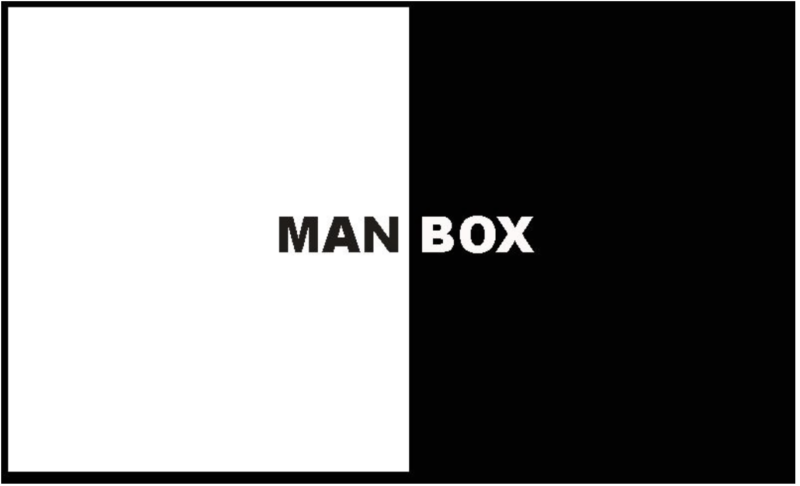
Diversity, equity and inclusion (DEI) is a relationship. Relationships take time and trust — but trust is hard to earn and easy to lose. As with any relationship, DEI is a journey, not a destination. It’s not a check-the-box, one-and-done type of thing; it is a long-term commitment.
Unfortunately, many organizations make the mistake of looking at DEI short-term vs. long-term. They reduce budgets during economic downturns, flex activities with the news cycle or structure programming around holidays and cultural celebrations (instead of weaving them throughout the year).
To combat this inauthentic approach, I prefer the snackable approach to DEI. In a recent Diversity Pivot podcast, VP at Delta Faucet Company and hopeful ally Jon Dartt shared that his organization makes DEI a part of every gathering. At each team meeting, they have a short exercise sometimes using a pre-work (article, video, podcast), and discuss the content openly as a group. They share ideas and move into their other agenda items fluidly after. These types of activities weave DEI into the culture and embed practices rather than feeling separate or ad-hoc.
The organization now has a monthly DEI topic that their corporate training department provides content on for all managers to surface and discuss these issues with their teams. Content could focus on a variety of things from microaggressions to inclusive language to cultural celebrations. The key is it keep consistent and intentional with the content, garner feedback from teams on what they want to learn about, and have the flexibility to co-create or source content from experts inside or outside of your organization. My team has a plethora of vetted resources we have collected over the years.
Once you have an intentional consistent rhythm to DEI, these issues will likely serve.
- Do we make DEI programming mandatory?
- What do we do when senior leaders do not show up at DEI programs?
- How much time should we expect to spend on DEI work?
These are important questions to answer in advance of rolling out a bite-sized program. Be proactive and be clear with expectations because people will ask. Have a clear why communicated from the senior-most leaders so that people understand what this means and why it matters to the organization versus getting defensive and finding excuses they cannot participate.
Do we make DEI programming mandatory?
I am not a big believer in making any type of training mandatory. It conjures up associations with sexual harassment training and other forms of training that feel like the organization is trying to protect itself from lawsuits. Yet, when you don’t set a clear expectation for people to attend, you tend to get more of the people that are already passionate about it in attendance, and not the people that really need the training. The people that really need the content usually prioritize other work instead because usually that work is more valued by the organization (especially at performance review times).
I like the word expected. We expect you to attend these training programs, especially for people leaders. This is a part of your overall development just like any other leadership or change management training the organization has throughout the year. Plus, inclusive leaders get better business results. It helps them and the organization succeeds.
What do we do when senior leaders do not show up at DEI programs?
I was facilitating a recent client session, and during the ask me anything segment, 20% of the audience asked the above question. It was obvious that people that were already advanced in their DEI education were present at the program, yet it was painfully obvious that the senior leadership team was not. This happens all too often.
People take their cues on what’s expected from senior leaders. When senior leaders emphasize certain skills or programs, people take note. Leaders model what’s expected of the rest of the organization. Therefore, it is critical that they are present for DEI programs. Even better, have them share a short intro or outro emphasizing the importance, the continual focus on DEI and key developments and commitments show everyone that it truly is important.
Senior leaders have a lot of tasks vying for their time. I would recommend having them rotate leadership roles on key programs and be responsible for at least one or two a year. It sends a huge signal to the rest of the organization when they speak up and attend alongside their teams.
How much time should we expect to spend on DEI work?
With the DEI bite-sized approach, the benefit is that it doesn’t take days off the calendar for folks. They can sprinkle it in around their existing workload. That said, there are varying ideas of how much time people should be spending on DEI work. First, if someone is involved in an Employee Resource Group (ERG), DEI committee or council and is already spending several hours a month doing work for those initiatives, that’s probably enough (and that is their decision). For folks that aren’t as involved in DEI work, the organization needs to decide how much time is reasonable to produce the shift in behavior they are hoping to achieve.
In a recent LinkedIn poll, 60% of people in my network thought leaders should spend five or more hours per month on DEI work. Many commented that it should be a part of their job description and regular workload so it doesn’t feel like an extra thing to do. In an ideal world, I completely agree. The key to setting a time expectation is to make sure that people truly have the capacity to do the work well, that it can be measured and people can be held accountable to the chosen standard.
With a modern LMS system, this is easy to measure and hold people accountable to. Our clients have the most success with virtual self-paced programs with short video lessons and additional resources and workbook activities to take action.
The key to bite-sized DEI programs is to let people choose their own adventures. They’ll be more bought in and likely to take action with what they learned.
At Next Pivot Point we have lots of resources to help you facilitate successful diversity and inclusion training. Schedule some time with our team today to discuss where to start or how to do better. You can also check out:
- Our available workshop topics for developing inclusive leaders.
- Our online, self-paced inclusive leadership training program.
—
This post was previously published on Next Pivot Point.
***
You may also like these posts on The Good Men Project:
 White Fragility: Talking to White People About Racism White Fragility: Talking to White People About Racism |
 Escape the “Act Like a Man” Box Escape the “Act Like a Man” Box |
 The Lack of Gentle Platonic Touch in Men’s Lives is a Killer The Lack of Gentle Platonic Touch in Men’s Lives is a Killer |
 What We Talk About When We Talk About Men What We Talk About When We Talk About Men |
Join The Good Men Project as a Premium Member today.
All Premium Members get to view The Good Men Project with NO ADS.
A $50 annual membership gives you an all access pass. You can be a part of every call, group, class and community.
A $25 annual membership gives you access to one class, one Social Interest group and our online communities.
A $12 annual membership gives you access to our Friday calls with the publisher, our online community.
Register New Account
Log in if you wish to renew an existing subscription.
Need more info? A complete list of benefits is here.
—
Photo credit: iStock
The post Not Where You Want to Be With Diversity and Inclusion? Consider a Bite-Sized Approach appeared first on The Good Men Project.

